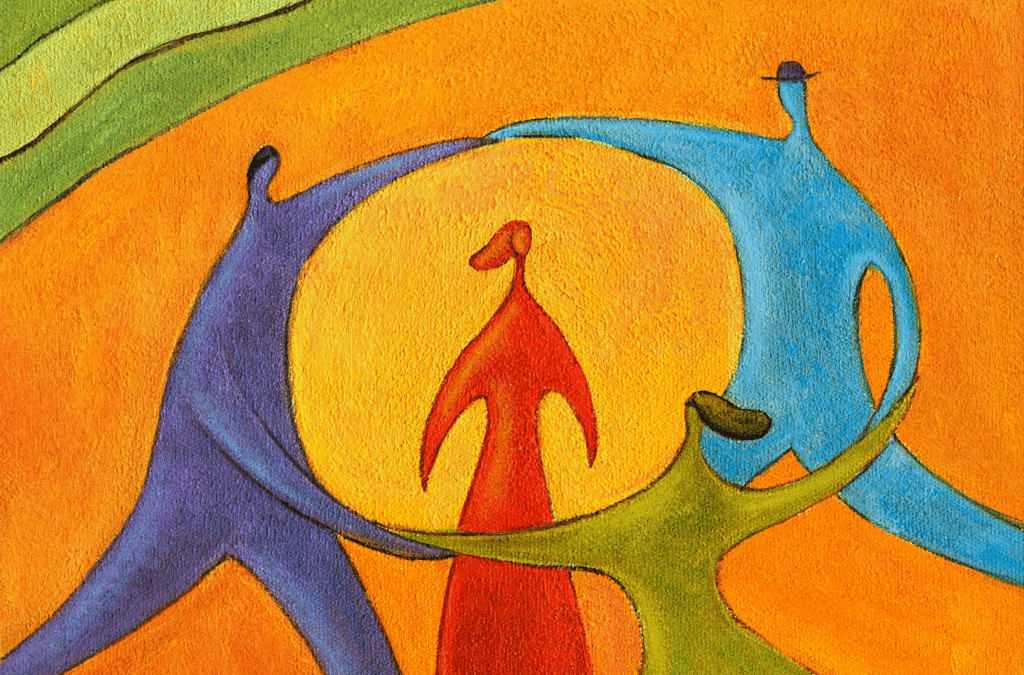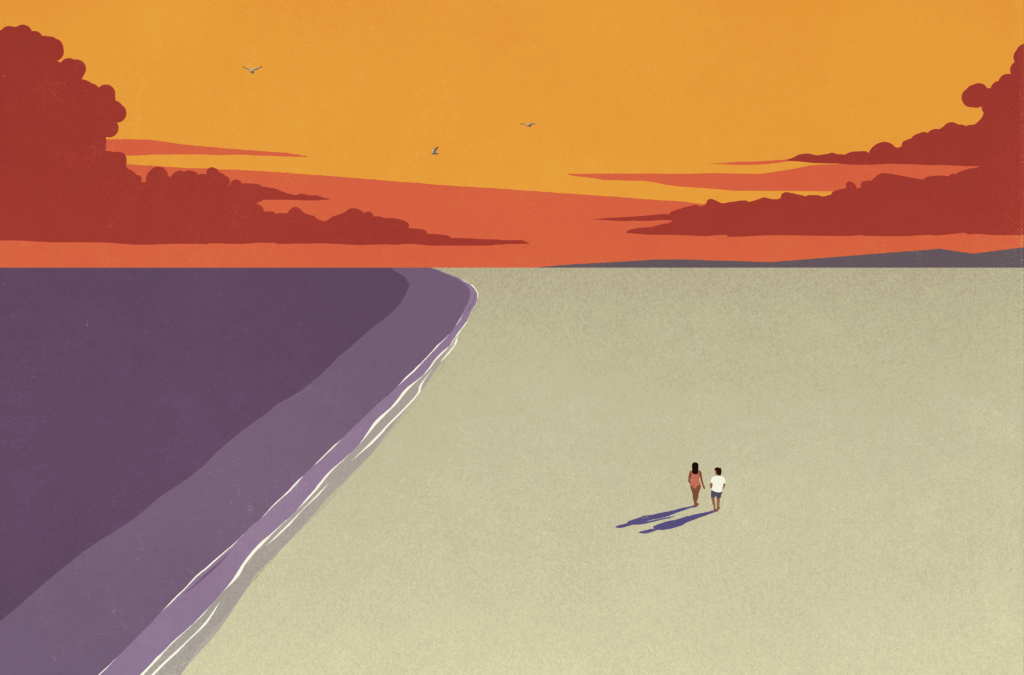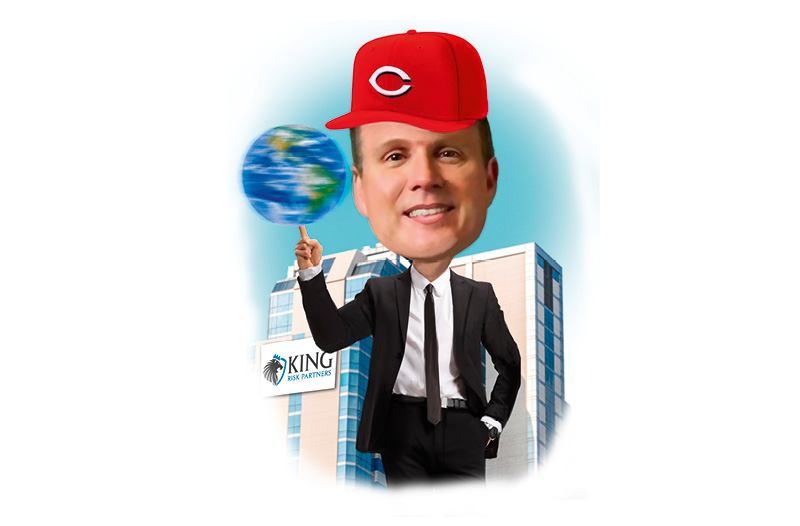
The Stories of Those Who Sell Stories

Bookselling, I believe, may be the world’s second-oldest profession.
One of the earliest known references to bookselling is found circa 600 B.C. in the Hebrew Bible’s Book of Jeremiah. Centuries later, booksellers were engaged to populate the shelves of the Library of Alexandria in 300 B.C. Many centuries after that, bookselling in Europe flourished following the invention of the Gutenberg press in 1450.
The Bookshop: A History of the American Bookstore
By Evan Friss
Viking/Random House
$30
The story of bookstores in the United States is, of course, shorter but nonetheless deep. Evan Friss details that history in The Bookshop: A History of the American Bookstore. As Friss tells it, bookstores are more than storefronts and shelves of books, but rather robust gathering spaces where ideas, politics, and the arts are discussed, where scholars, businesspeople, and farmers debate the concepts resting behind the spines. The bookstore is a place that can foment movements and change lives.
“Bookstores influence our tastes, our thoughts, and our politics. They also offer serendipity,” Friss writes as he tells the story of the American bookshop, compellingly, through the people who owned and worked in them.
Many bookstore owners and the booksellers within the shops march to different, quirkier drums than the public. [Full disclosure: I co-own a bookstore with two locations and as I write this have signed a lease for a third. The previous sentence is an accurate self–description.] They often eschew discussion of profit, but rather feel duty bound to advance poetry, or beat literature, or Black authors, or far-right political bromides, or another cause close to their hearts. It is not uncommon for a bookseller to sleep in or above the store as the revenue cannot support living elsewhere.
Friss begins his history with the eccentric polymath, patriot, and bookseller Benjamin Franklin: “The concept of a bookstore—a retail outlet selling primarily books—was still embryonic. Yet Franklin was definitely a bookseller in the early eighteenth century,” first in Boston and then Philadelphia. He often printed the textbooks he sold to schoolteachers, the religious texts sold to ministers, and eventually his famous, and still in print, Poor Richard’s Almanack.
In 1742, Franklin became the first American to print and sell a novel, Samuel Richardson’s Pamela. Bookstores were established across the colonies with Boston, Philadelphia, and New York City claiming multiple shops. In 1776, Thomas Paine’s Common Sense was published and became “America’s first bestseller.”
Bookshops proliferated in the 19th century—both brick and mortar and on wheels. At the corner of Washington and School in Boston, The Old Corner bookstore flourished. Later in the century, books on wheels became popular, visiting communities where there was no bookstore. Peddlers crammed as many books as possible into a horse-drawn wagon. Friss describes one such bookseller: “Along both exterior sides, he had installed wooden flaps that, when opened, revealed rows upon rows of books.”
In 1915, Chicago department store Marshall Field & Company leaned heavily into book sales, to great success. In its first year, the book section grossed $235,000, topping the standard bookstore gross by tenfold.
One woman was credited with this success: Marcella Burns Hahner, also known as “The Czarina,” hired for her impeccable reputation for customer service and ability to spot a future bestseller a mile away.
A veteran of the bookstore business, Hahner ran the third-floor department with the precision of a military unit. By the time she retired in February 1941, just months before her death, Field’s book operation recorded annual sales of over $1 million.
Halfway across the country, and through the mid-20th century, Book Row was growing and subsequently dying in New York City. The bookselling district of dozens of shops on Fourth Avenue between Eight and Fourteenth streets was “a stretch of secondhand bookstores, eccentric booksellers, and browsers. Books spilled out onto the sidewalks, stacked into carts that always seemed too small.” Bookstores thrive on low rent, and soon rising rents and gentrification came to this neighborhood. The few booksellers that were left by the 1960s were “mostly old men in old buildings reminiscing about the olden days.”
Sometimes the old days kept going. Lithuanian Benjamin Bass came to New York at age 6 in 1907 as many did, via Ellis Island. When he turned 18, “he tried to earn a living in various ways, claiming that he wasn’t particularly ‘good at anything,” Friss writes. With nothing to lose, he tried bookselling. With $300 of his own money and a $300 loan, he opened a bookstore. It floundered for a decade. His wife died and he could not afford to care for his two children, so he put them up for adoption. Bass lived and slept in his bookstore, but he persevered. That business, The Strand, is now an American icon in a historically designated four-story building at 12th and Broadway.
The Bookshop concludes as it should, on a hopeful note, with the resurgence of independent bookstores in the past few years. (The number of independent book retail locations grew by nearly 1,000 from 2009 to 2023, to 2,599, according to Statista.)
Novelist and essayist Ann Patchett might be “the de facto spokesperson of that recent success.” When the last independent bookstore closed in hometown of Nashville, Friss writes that Patchett believed “A city without a bookstore wasn’t a city worth calling home.” But she did not want to leave Nashville, so Patchett opened Parnassus Books in 2011.
A voracious reader and seasoned book tour veteran, Patchett wanted her store to “be the way bookstores used to be.” In addition to thousands of books, Parnassus sets a vibrant, inviting tone with lamps hanging from the ceiling, leather armchairs, and “a couple of plants and a couple of dogs.”
Patchett’s Parnassus represents what I believe is the unstated, yet powerful, theme running through The Bookshop— it is the bookstore owners, the curated selection of stock, and the atmosphere they create that bring heart and soul to the experience of buying a book.




